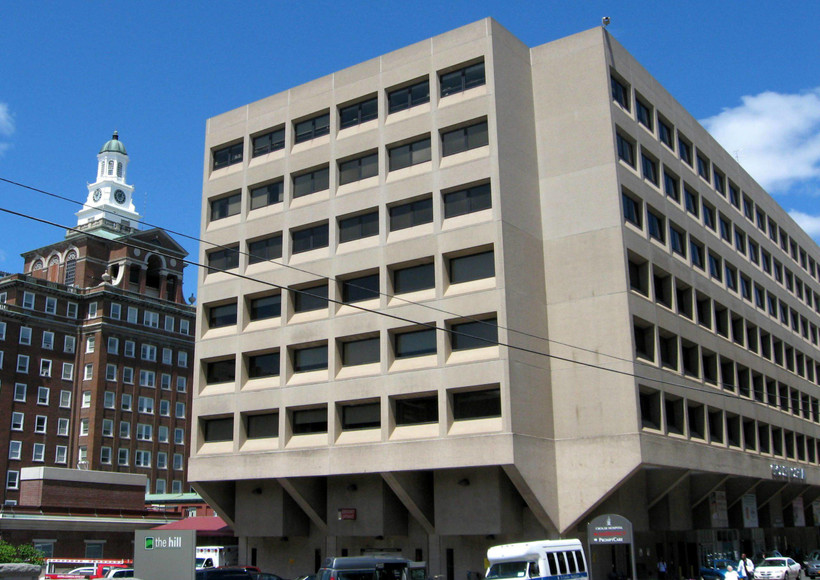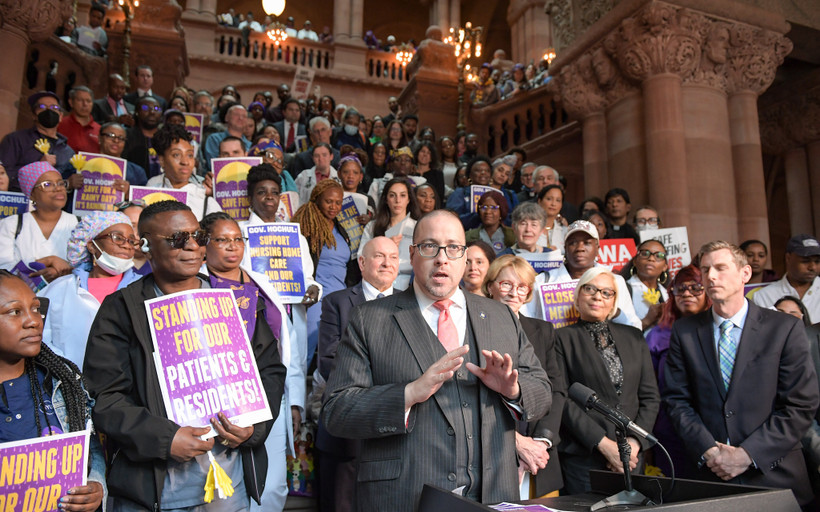Even During Pandemic, Hospitals Collect on Medical Debt
“We get hit with this pandemic and then like, here you go, pay $2,400 by the end of the month.”

A version of good cause eviction and new hate crimes are in; new taxes on the wealthy and education cuts are out. Here’s where things landed in this year’s budget.
The Assembly rejected legislation that would have sped up New York’s transition away from gas.
Low-wage manual laborers can sue to make their bosses pay them weekly. Hochul’s late-breaking budget addition may undermine that right.
Hochul’s proposed Medicaid cuts include $125 million from Health Homes, a program that connects the neediest New Yorkers with medical care, food assistance, and more.
Stark disparities in access to life-saving medication for opioid addiction persist between facilities — and racial groups.
New York legislators have a plan to claim billions in federal funding for health care, driving a fight between industry groups.

